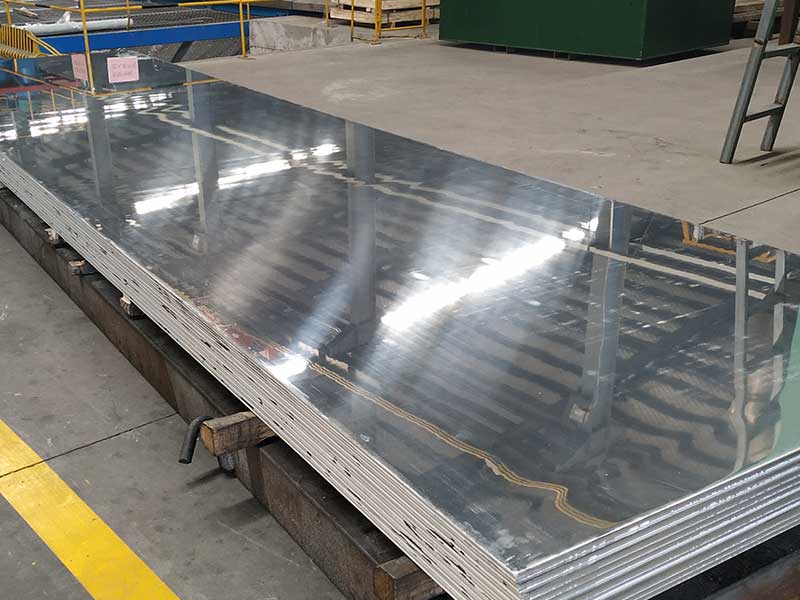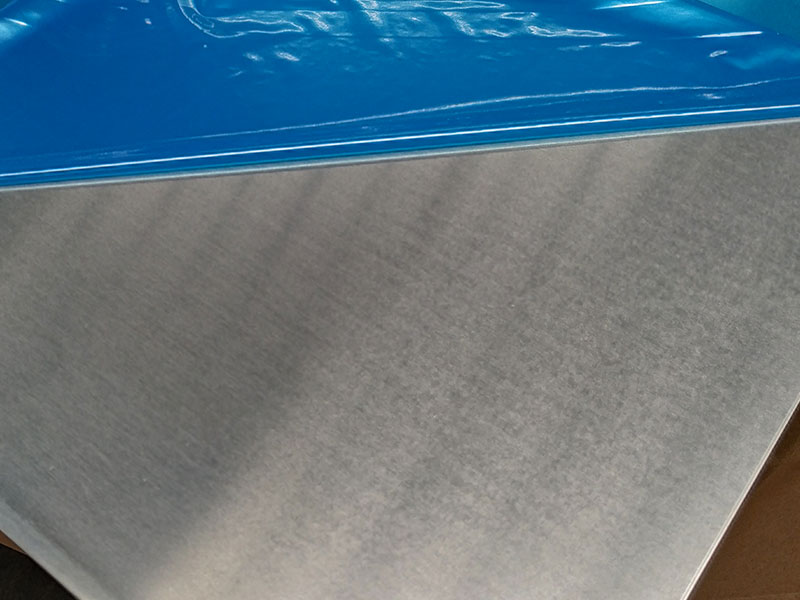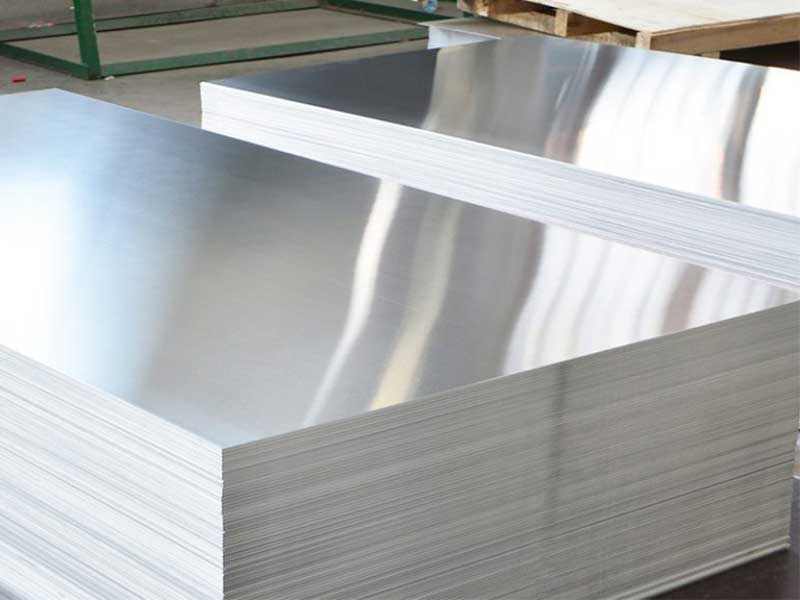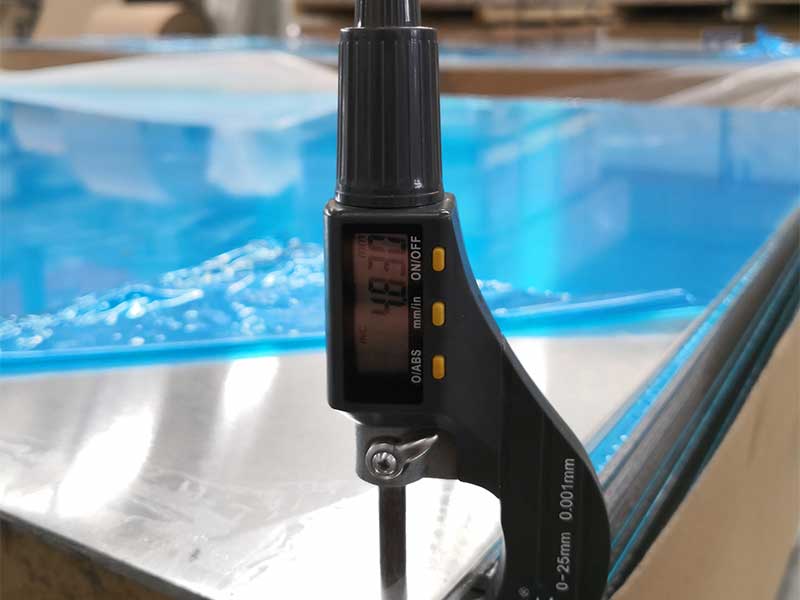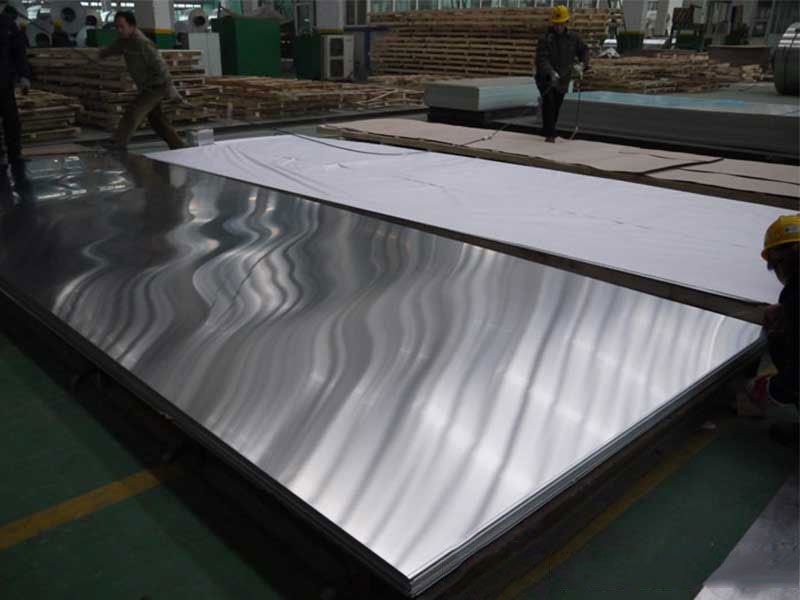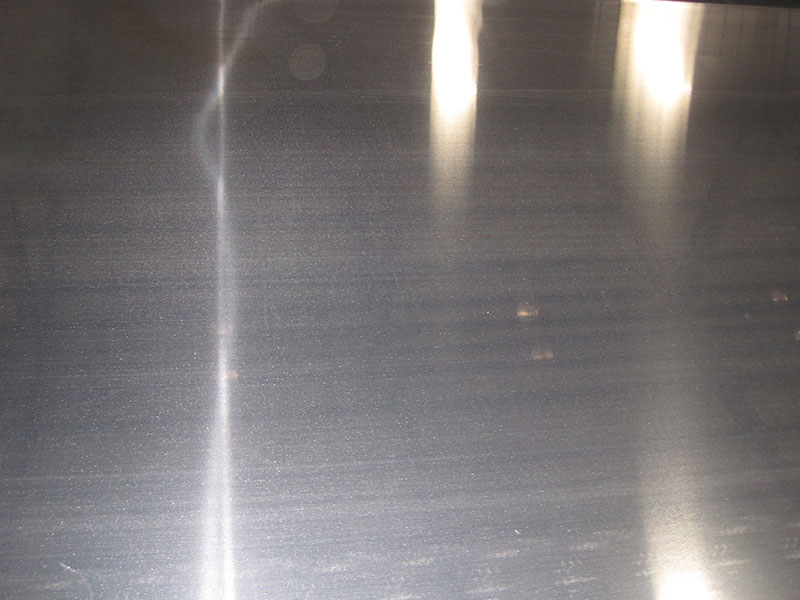6070 aluminum sheet plate
When we think of the aluminum alloys making front-page news as the shining heroes of construction, transportation, or electronics, grades like 6061 or 7075 often steal the spotlight. Yet, tucked just behind these headline grabbers lies the quietly competent 6070 aluminum sheet plate—a versatile workhorse whose nuanced properties make it invaluable to engineers who know where to look.
What Makes 6070 Aluminum Sheet Plate Special?
The 6070 series may seem overshadowed by the ubiquitous 6xxx family (notably 6061), but it carves out its niche by offering a balanced fusion of mechanical strength, corrosion resistance, and workability. Chemically, 6070 generally aligns closely with the 6000 series, blending silicon and magnesium to achieve notable strength and processing ease. The standard chemical composition, per typical 6070 specs, is approximately:
6070 aluminum sheet plate, while not as ubiquitous as some other alloys like 6061, offers a compelling combination of properties that make it a valuable material in specific applications within our factory. Its relatively high strength-to-weight ratio is a advantage, particularly when we're dealing with components requiring both durability and lightweight design. We've found it particularly useful in situations demanding moderate corrosion resistance, such as certain parts of our exterior cladding for equipment housings. However, its weldability isn't as straightforward as some other alloys; we've had to adjust our welding parameters and procedures to avoid issues like cracking or porosity. Careful pre- and post-weld heat treatments are crucial for optimal results, something that has required additional training for our welding team.
Beyond the technical aspects, managing inventory for 6070 plate presents a unique challenge. Its specialized nature means we don't have the same bulk purchasing power as with more common alloys, leading to slightly higher material costs. Moreover, sourcing reliable suppliers who consistently meet our quality standards has proven more difficult than anticipated. We've had to implement stricter incoming inspection protocols for 6070, focusing on surface finish, dimensional accuracy, and metallurgical testing to ensure the quality aligns with our production requirements. This necessitates a more proactive approach to supplier relationship management and continuous monitoring of their performance.
| Element | Content Range (wt%) |
|---|---|
| Silicon (Si) | 0.4 – 0.8 |
| Iron (Fe) | 0.0 – 0.7 |
| Copper (Cu) | 0.0 – 0.15 |
| Manganese (Mn) | 0.0 – 0.15 |
| Magnesium (Mg) | 0.5 – 1.0 |
| Zinc (Zn) | 0.0 – 0.2 |
| Titanium (Ti) | 0.0 – 0.15 |
| Aluminum (Al) | Remainder (~96.25+) |
This subtle medley ensures that when 6070 aluminum sheet plate receives proper tempering—like T6 (solution heat-treated and artificially aged)—it gains strength robust enough for structural applications yet remains amenable to machining and bending.
Implementation Standards: How is 6070 Controlled?
Internationally, standards such as ASTM B308 or EN 573 detail control methods for wrought aluminum alloys, encompassing the 6xxx series subclasses which include 6070 variants. These standards govern chemical composition, mechanical property requirements, and inspection regimes that ensure consistency for end users. In manufacturing, especially sheet and plate forms, these tightly controlled parameters matter because dimensional tolerances and mechanical reliability form the foundation of safe, precision engineering.
Temper Designations: Tailoring Performance
Like a fine recipe, the temper of 6070 sheets drastically influences its characteristics:
- O temper (Annealed): Maximizes ductility; softer and easier to form but lower strength.
- T4 Temper (Solution heat-treated and naturally aged): Balance of moderate strength and formability.
- T6 Temper (Solution heat-treated and artificially aged): Preferred for structural components needing maximum strength.
- T651 Temper (T6 with stress relief by stretching): Reduces residual stresses from manufacturing, improving dimensional stability.
Choosing the right temper is critical based on application. For sheet metal fabrication requiring multiple bends or further forming, softer tempers like O or T4 make work easier. For aerospace skins or automotive panels requiring high stiffness, T6/T651 tempers prevail.
Practical Applications: Where Does 6070 Shine?
Where does this alloy carve out its market niche?
Marine and Transportation: Exhibiting excellent corrosion resistance especially in painted or anodized form, 6070 sheets can become boat hulls, trailer floors, and body panels that withstand harsh environments.
Architectural Panels and Fenestrations: Moderate to high strength with good surface finish potential makes it great for decorative cladding materials.
Industrial Fabrications: Combination of weldability and machinability allow for parts in conveyors, machinery bodies, and automotive under-the-hood components.
It is this trifecta of reliable strength, corrosion resistance, and adaptability that underlies its steady, if unflashy, popularity.
| Property | Typical Value |
|---|---|
| Density | 2.70 g/cm³ |
| Melting Point | 585 – 650 °C |
| Tensile Strength (T6) | 270 – 310 MPa |
| Yield Strength (T6) | 220 – 260 MPa |
| Elongation (T6) | 10 – 15% |
| Electrical Conductivity | ~40-45% IACS |
| Thermal Conductivity | ~160-170 W/m·K |
These properties position 6070 as a solid choice where engineers want a dependable aluminum solution without over-engineering in cost or process challenges.
https://www.aluminumplate.net/a/6070-aluminum-sheet-plate.html


